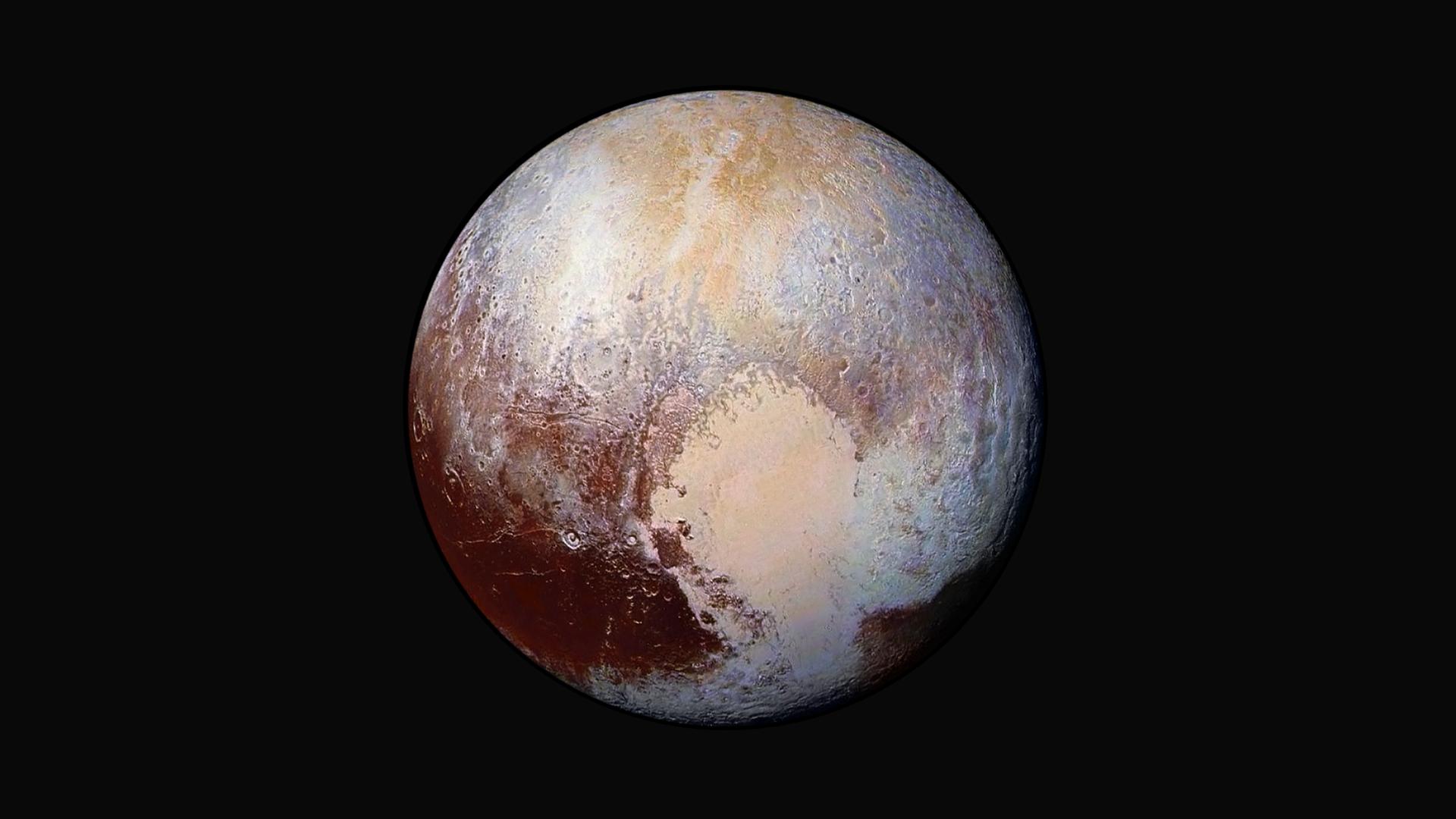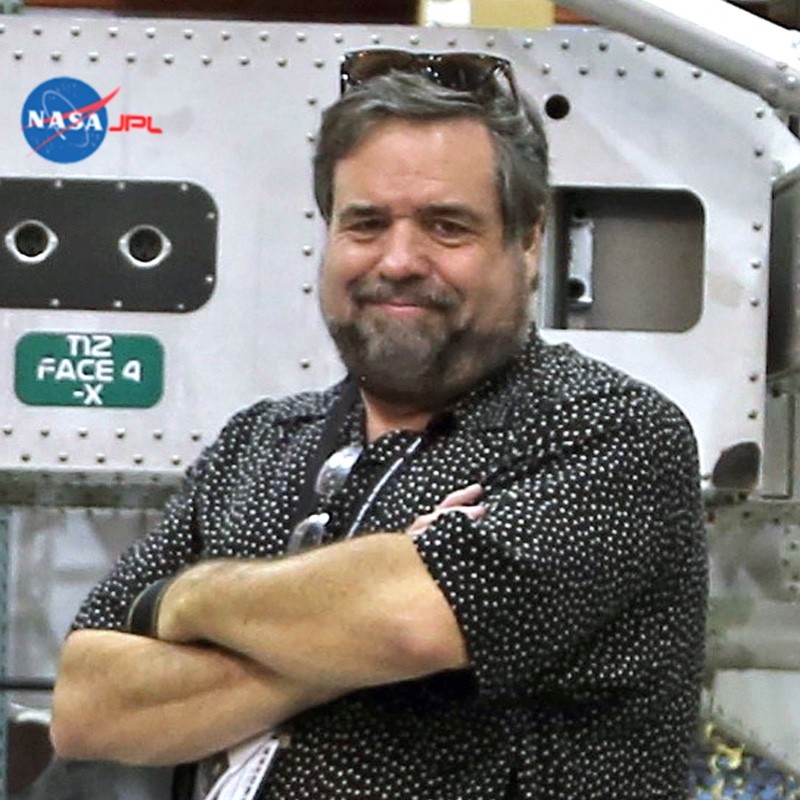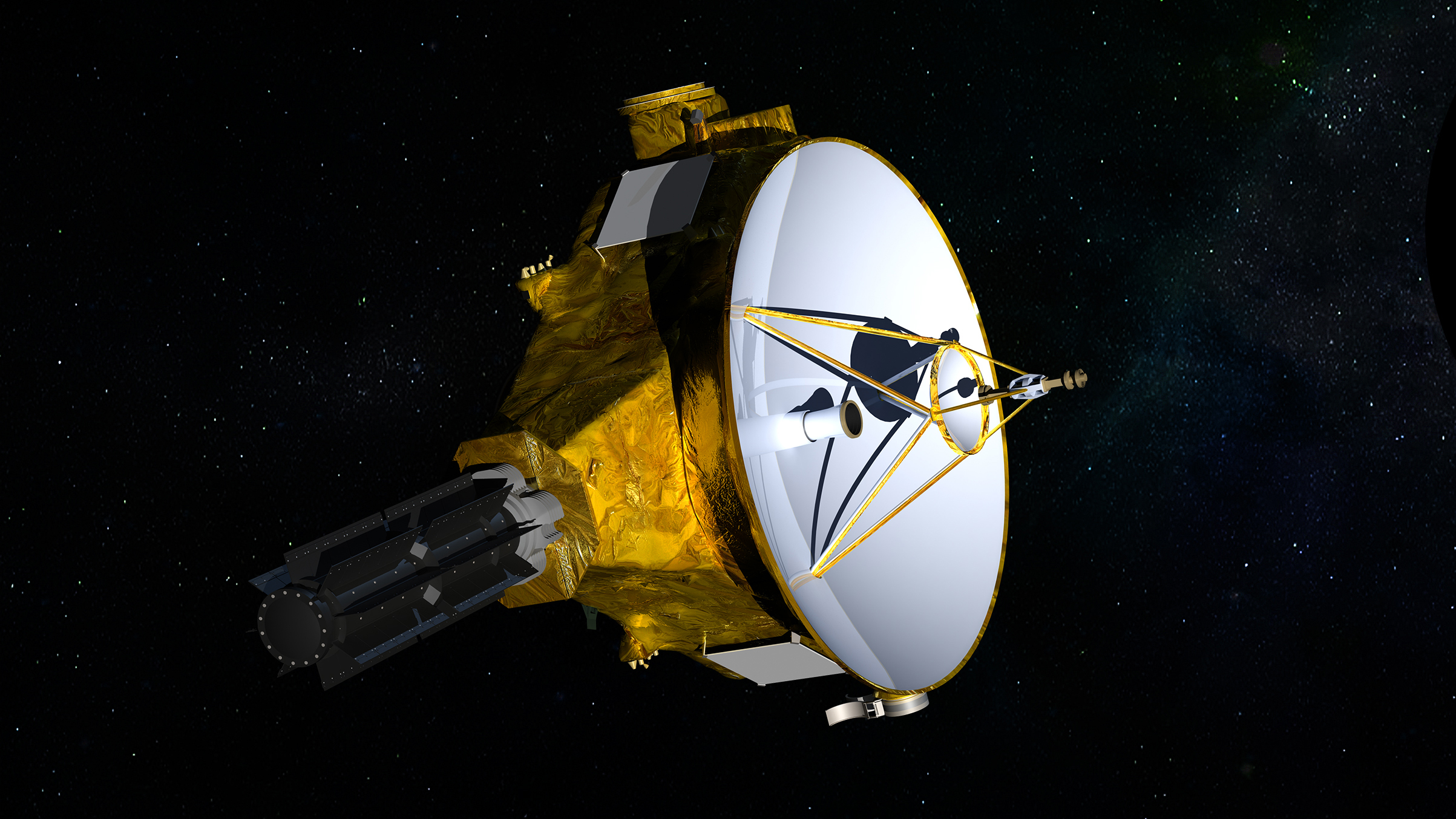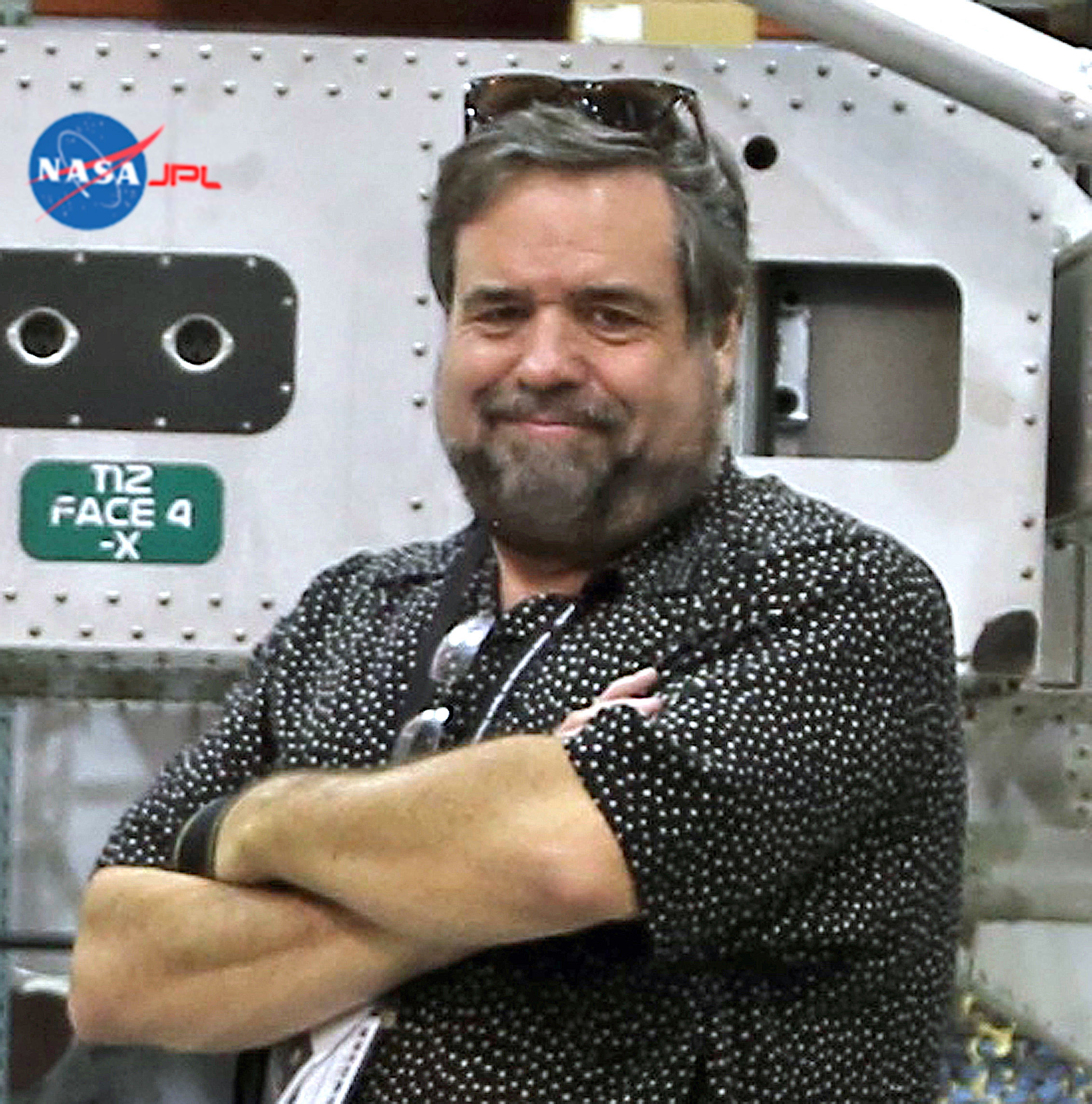
For 17 years, the New Horizons spacecraft has hurtled at unprecedented speed through the solar system. Launched in 2006, it flew past Pluto in July 2015, returning the first close-up images of the planet and its moon. Then, in 2019, the probe reconnoitered the Kuiper Belt Object (KBO) Arrokoth. Both encounters returned astonishing images and a treasure trove of transformative data.
With its budget being trimmed for 2024, NASA is making some weighty decisions... and one includes drastically trimming New Horizons funds by replacing the current science staff with a new team in an effort to save about $3 million—a rounding error in terms of the planetary science budget.
The principal investigator of the mission from its earliest days, Dr. Alan Stern, is not happy about the situation. "New Horizons is the only spacecraft in the Kuiper Belt, and the only one currently planned to go there. We have valuable new Kuiper Belt observations, and a search for a new flyby target, still to complete every year until we leave the Belt. Quitting this exploration prematurely, after spending nearly $1 billion to get New Horizons to the Kuiper Belt, seems to many of us to be tragically mistaken, a poor use of taxpayer money, and a lost scientific opportunity that can never be recovered from."
Related: NASA may shift New Horizons Pluto probe to sun-studying mission

Rod Pyle is a space historian and author who has created and offered executive leadership and innovation training at NASA's Johnson Space Center. Rod has received endorsements and recognition from the outgoing Deputy Director of NASA, Johnson Space Center's Chief Knowledge Officer for his work.
As it stands, New Horizons will exit the Kuiper Belt around 2028 and should continue operating until 2050. "The spacecraft continues flying in excellent health today, returning data from the outer reaches of the solar system and preparing for a possible encounter with another KBO. Recent events, however, threaten the continued progress of this Kuiper Belt mission," Stern added.
While we can expect cuts across a variety of NASA programs and missions, the current New Horizons budget is about on par with other long-serving veterans of deep space explorations, Voyagers 1 and 2. We're talking well under $10 million per year, which in government terms is a pittance ... especially when you consider the expense of getting the spacecraft where they are today. That is a sunk cost, and the potential, congoing science returns from the mission are the dividends.
When New Horizons flew past Pluto, it returned an unprecedented look at the previously mysterious world and its large moon, Charon. Previous to this, the best images of Pluto came from the Hubble Space Telescope and were mere smudges just a few pixels across. The imagery and data returned from New Horizons upended many assumptions about not just Pluto and Charon, but also about the outer solar system.
Get the Space.com Newsletter
Breaking space news, the latest updates on rocket launches, skywatching events and more!
"New Horizons literally wrote the book on Pluto and its system of moons. Before New Horizons, almost nothing was known. Today the New Horizons spacecraft and team have made Pluto one of the best known worlds in the solar system," Stern said.

New Horizons' next adventure was in the Kuiper Belt, the region beyond Neptune's orbit which is filled with rock and ice left over from the earliest era of the solar system. Stern's team targeted the KBO 486958 Arrokoth, which turned out to be another golden opportunity.
"Arrokoth may have been more important than our discoveries at Pluto," Stern commented. "For decades, there have been two warring computer models about how planets got their start and planetesimal formation. One was through high-speed collisions in their orbit around the sun, and the other was through local collapse clouds with very gentle collisions." After a thorough examination of Arrokoth, the latter model was validated. "It turns out these objects collided at very low speeds, more like how you might walk into a wall as opposed to supersonic impacts. When we saw Arrokoth up close, we realized from its shape and general surface geology that it had been built through gentle accretion," he added. Only though direct observation could this argument have been settled.
If NASA ends up cutting funding to this modestly budgeted mission, a new team would be installed—presumably one with no direct experience in outer solar system operations—with the focus shifted to low-level data gathering about heliophysics, the distant plasma environment of the sun. This reduced mission would utilize just a small fraction of the spacecraft's ongoing science capability.
"We've been in flight for going on 18 years, and we have every prospect of flying as long as the Voyagers," now going on 46 years, Stern said. "At that point we would be well beyond Kuiper Belt exploration and into interstellar space." Notably, while the Voyagers are currently exploring that same interstellar region, they are doing so with ancient 1970s technology and instruments that are being shut down as they age out, with mission operations scheduled to be slimmed down until they cease within a decade or so. "New Horizons should be able to continue until at least the middle of the 21st century," Stern added, "with nearly state-of-the-art instrumentation that will be capable of shifting our view of interstellar space just as it has changed our understanding of Pluto and KBOs. But none of that justifies curtailing the current exploration of the Kuiper Belt."
With a nearly $1 billion spacecraft and modern suite of instruments at stake, it seems incredibly wasteful to ignore the vast trove of valuable, one-of-a-kind data that would be lost with a mission shift—data that includes Kuiper Belt clues about the very formation of our solar system.
Groups like the National Space Society and others have placed a petition, to be forwarded to NASA and Congress, on Change.org. Prominent voices supporting the continuation of the mission as currently implemented include famed rock musician and astrophysicist Sir Brian May, former NASA Deputy Administrator Lori Garver, and science communicator Bill Nye.
Only through public action will our voices be heard and the mission continued at its full capability. It may be many decades before another robotic craft is sent this way; perhaps longer. Your voice counts. Go to the Save New Horizons petition page to let NASA know that science matters.
Join our Space Forums to keep talking space on the latest missions, night sky and more! And if you have a news tip, correction or comment, let us know at: community@space.com.

Rod Pyle is an author, journalist, television producer and editor in chief of Ad Astra magazine for the National Space Society. He has written 18 books on space history, exploration and development, including "Space 2.0," "First on the Moon" and "Innovation the NASA Way." He has written for NASA’s Jet Propulsion Laboratory, Caltech, WIRED, Popular Science, Space.com, Live Science, the World Economic Forum and the Library of Congress. Rod co-authored the "Apollo Leadership Experience" for NASA's Johnson Space Center and has produced, directed and written for The History Channel, Discovery Networks and Disney.
-
MeS Besides staff, what costs does an existing mission incur? That would have been a useful piece of information.Reply -
Hevach Reply
A mission's budget accounts for its share of use of the Deep Space Network, control facilities, computer access, engineering consults, etc. In the case of New Horizons a big part is telescope time (on the ground and in space) trying to find another target. Despite the feelings of the author, a major factor in the decision is that there's nothing for it to do. Enough observation has been done along its path that any body down to half the size of one of Arrakoth's lobes has been precluded to a very high confidence, and its window is only narrowing. It's not like a Mars Rover where there's always one more rock and one more sample as long as it can still move, it's hurting through the void with limited ability to change directions.MeS said:Besides staff, what costs does an existing mission incur? That would have been a useful piece of information.
Worth saying there's a bit of "military math" going on where the money will get spent on the same things either way. Budgets show what missions benefit from spending but cutting a mission doesn't actually cut the spending. Nobody is losing their jobs and the DSN will cost just as much to run, but New Horizons will get less people and use less bandwidth. -
Macadoodle Well we need to spend more money on free stuff, social justice causes, and taking care of illegal immigrants. Who has money for science after that?Reply -
Classical Motion Was it a true cut, or just a cut in it's increases? Saying something is being cut, doesn't mean much these days.Reply









